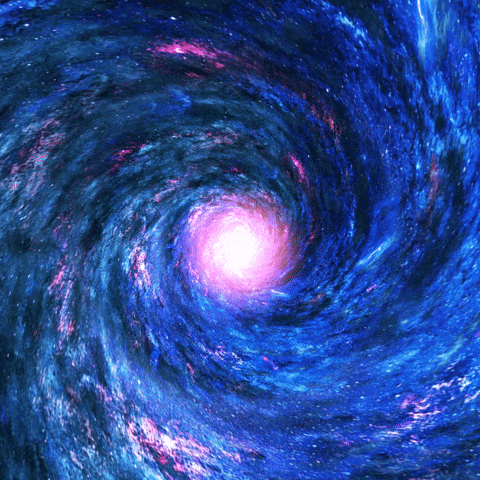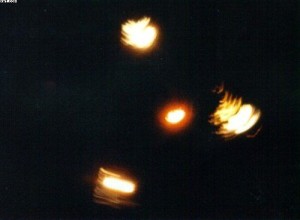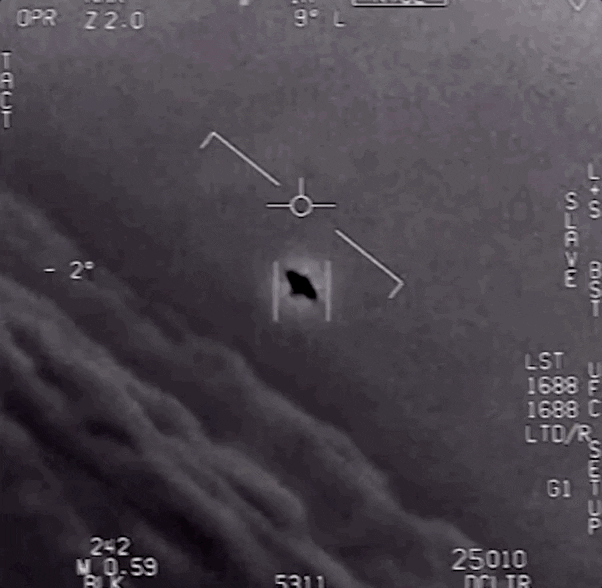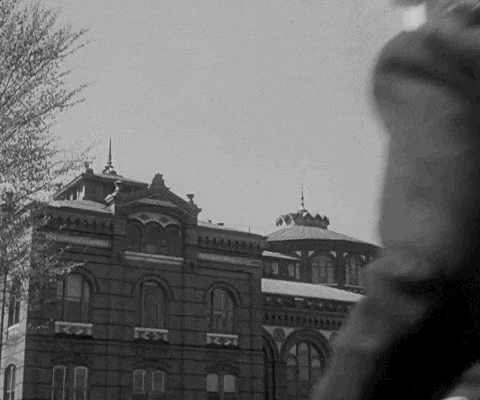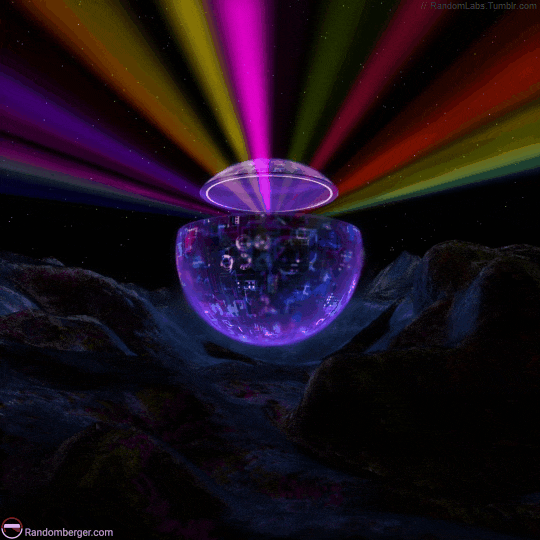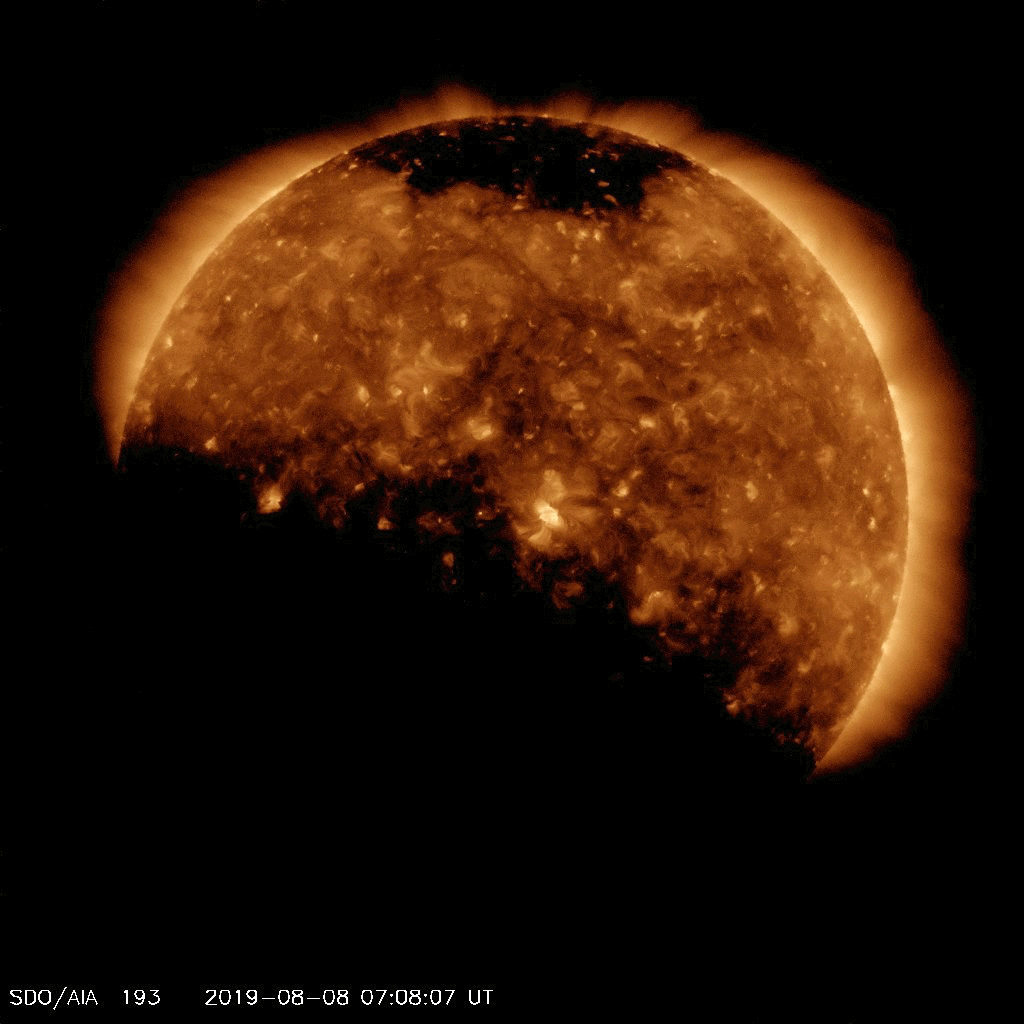The search for extraterrestrial life has so far assumed our cosmic neighbours are organic. What if we’re dealing with artificial intelligence?
For more than a century we have been broadcasting our presence to the cosmos. This year, the faintest signals from the world’s first major televised event – the Nazi-hosted 1936 Olympics – will have passed several potentially habitable planets. The first season of Game of Thrones has already reached the nearest star beyond our Solar System.
So why hasn’t ET called us back?
There are plenty of obvious answers. Maybe there are no intelligent space aliens in our immediate cosmic vicinity. Perhaps they have never evolved beyond unthinking microbial slime or – based on our transmissions – aliens have concluded it is safer to stay away. There is, however, another explanation: ET is nothing like us.
One theory is that the aliens that may have created intelligent algorithms are no longer with us
(Credit: iStock)
“If we do find a signal, we shouldn’t expect it’s going to be some sort of soft squishy protoplasmic alien behind the microphone at the other end,” says Seth Shostak, senior astronomer for alien-hunting organisation Search for Extraterrestrial Intelligence (Seti).
Seti has been actively searching for signs of intelligent extraterrestrial life for more than half a century. Despite tantalising signals (such as this recent one), it has so far drawn a blank. But Shostak believes we should consider looking to our own future to imagine what aliens will be like.
“Perhaps the most significant thing we’re doing is to develop our own successors,” says Shostak. “If we can develop artificial intelligence within a couple of hundred years of inventing radio, any aliens we are likely to hear from have very likely gone past that point.”
The big question is whether the AI goes on to become conscious and define its own goals and decide it doesn’t need the biological creatures that developed it – Stuart Clark
“In other words,” he says, “most of the intelligence in the cosmos, I would venture, is synthetic intelligence and that may disappoint movie goers who expect little grey guys with big eyeballs, no clothes, no hair or sense of humour.”
The argument assumes that the creatures who built the first AIs – grey guys, hyper- intelligent pan-dimensional beings, sentient trees or whatever – are no longer around.
“Well they might be,” Shostak concedes, “but once you develop artificial intelligence you can use that to develop the next generation of thinking thing and so on – within 50 years you not only have a machine that’s far smarter than all the previous machines but certainly smarter than all humans put together.”
“The big question,” says astronomer and author of the Search for Earth’s Twin, Stuart Clark, “is whether the AI goes on to become conscious and define its own goals and decide it doesn’t need the biological creatures that developed it.”
From the self-aware death machines of the Berserker booksto the cyborgs of Battlestar Galactica or The Terminator, science fiction certainly has a rich seam of AIs taking over and wiping out their inferior biological creators. It is not, however, necessarily the inevitable path of any technological civilisation. Artificial Intelligence – truly thinking machines with synthetic super-brains – may not even be possible.
“It’s very unclear to me that this is inevitably going to happen,” says Clark. “But the key point is we are looking for something we imagine to be a bit like us and we’re limiting the search as a result.”
Seti could be looking for ET in the wrong place
Seti uses an array of radio telescope dishes in California to search for signals. The receivers are aimed at star systems where planets have been discovered by Earth or space telescopes such as Nasa’s Kepler observatory. These are planets which might have liquid oceans and life-supporting atmospheres – habitats that have made human evolution possible. But machine intelligences could live anywhere.
“That’s the whole problem,” says Shostak. “Not only could they be anywhere, it would make sense for them to go to places in the Universe where there were big sources of energy – if you’re going to do a lot of thinking, a lot of energy helps so maybe that’s the place to look.”
If this is the case, then Seti could be looking for ET in the wrong place. “Instead of having their own fields of radio telescopes,” says Clark, “maybe that money would be better spent equipping every observatory with piggyback equipment that looks at every signal that’s been received and look for repeating patterns.”
Whether every observatory would agree to host a Seti sensor is a matter for debate. The technology might, however, reveal some other surprising astronomical discovery. We now know that pulsars are rapidly rotating neutron stars. When Jocelyn Bell discovered the first of these oscillating signals in 1967, only half-jokingly did the University of Cambridge team label it LGM1 for Little Green Men.
In the short term, Seti is likely to continue its search for life on Earth-like planets. “But,” says Shostak, “over the course of time if we can come up with some ideas of where you might find synthetic intelligence, I think they’ll be more and more experiments aimed at doing that.”
Another approach would be to broadcast messages from Earth to target regions of the cosmos. It is a controversial strategy that Stephen Hawking has warned could leave the Earth vulnerable to attack and exploitation. "We only have to look at ourselves to see how intelligent life might develop into something we wouldn’t want to meet,” he warned in 2010.
So are we any closer to discovering whether we are the lone intelligence – AI or not – in the Universe?
“I don’t agree,” Shostak says. “But Seti has no broadcasting capability and the other thing about broadcasting is that even if you do it, it might be a very long time before you get a response – depending how close the aliens are.”
So are we any closer to discovering whether we are the lone intelligence – AI or not – in the Universe? “I don’t think you can ever say there’s nothing there, you can’t prove that negative,” Shostak says. “What you can say is that there’s something wrong with our approach so, for me, it’s very, very early days to think about giving up.”
Clark agrees. “I think Seti should generalise its search as much as possible,” he says. “An answer to ‘yes there’s intelligent life in the Universe’ has profound implications for us and that alone qualifies Seti to carry on.”
Join 700,000+ Future fans by liking us on Facebook, or follow us on Twitter, Google+, LinkedIn and Instagram.
If you liked this story, sign up for the weekly bbc.com features newsletter, called “If You Only Read 6 Things This Week”. A handpicked selection of stories from BBC Future, Earth, Culture, Capital, Travel and Autos, delivered to your inbox every Friday.


